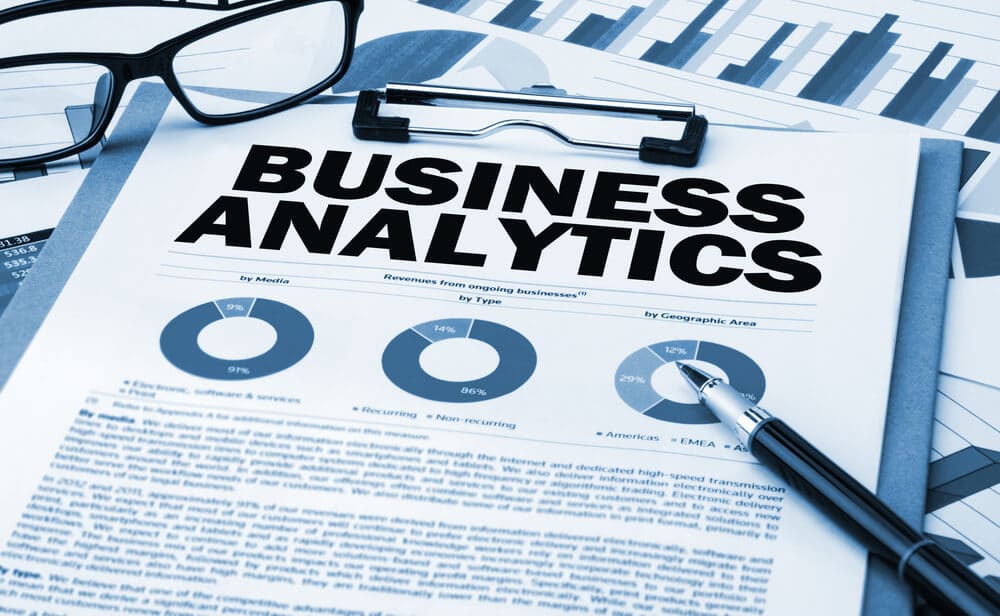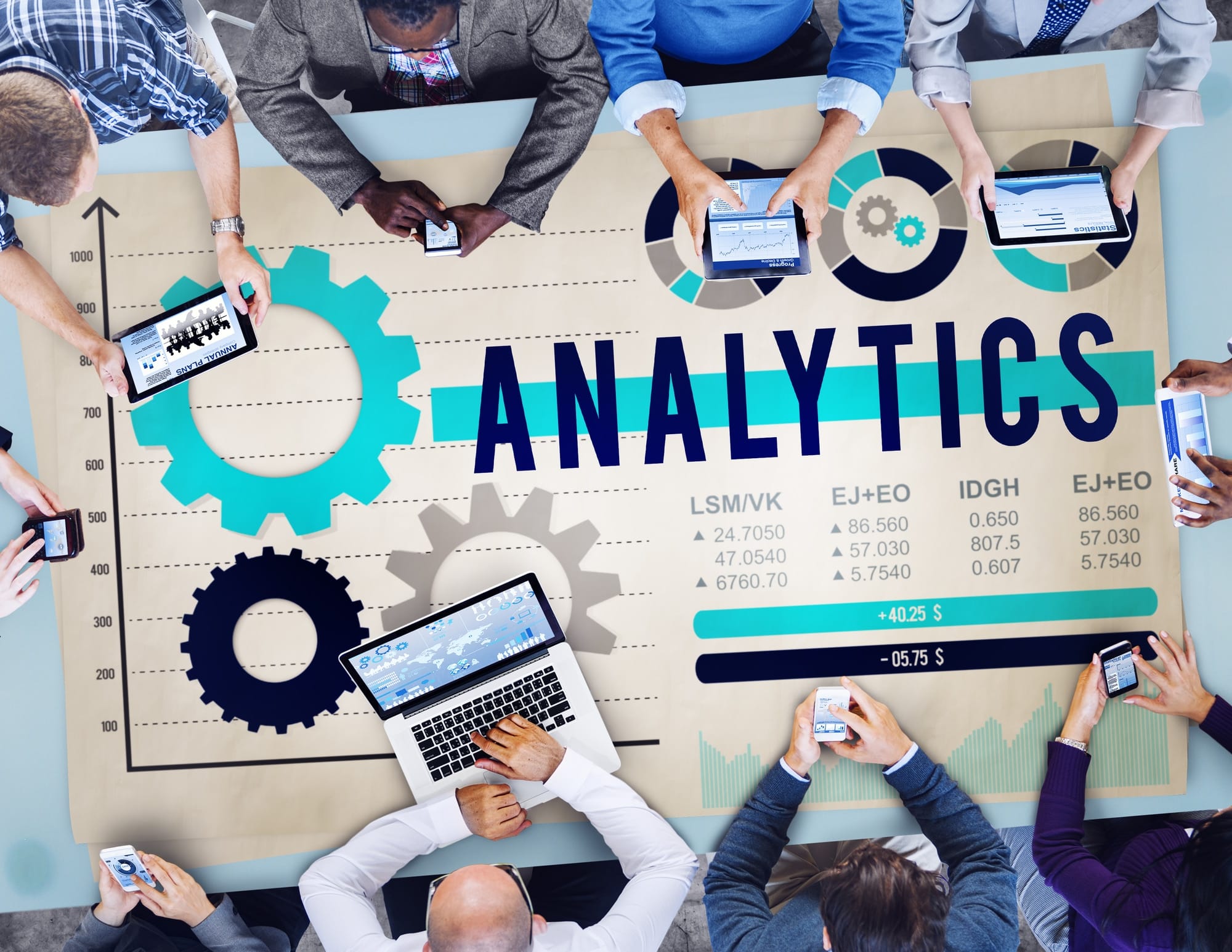In the business world, the terms Business Analytics and Business Analysis are often used interchangeably. Even though there are some obvious differences between the 2 processes, people tend to equate them.
The Key Difference between Business Analysis and Business Analytics
The main difference between the 2 processes is that Business Analysis is more related to functions and processes. It relies on its own architecture domains such as process architecture and enterprise architecture. It basically assists to improve performance by standardizing various processes. Companies often accomplished this by introducing new technology.
Business Analysis techniques include common business tools like SWOT and PESTLE analysis. SWOT is a simple test that helps find out business strengths, weaknesses, opportunities, and threats. These include both internal and external factors associated with the business. PESTEL, on the other hand, focuses on external factors. It is an acronym for 5 macro-environmental factors which affect business. The factors are political, economic, social, technological, environmental, and legal. Other techniques that business analysts use are Heptalysis, MOST, CATWOE and 5 WHYs.
Most people use 'waterfall' or SDLC-type methodologies for Business Analysis projects. Requirements are often fulfilled by the way activities are organized. The technology supporting the business operations is also configured to meet requirements.
Business Analytics is usually related to data and reporting. As mentioned earlier, it involves skills, technologies, past performance investigation, and information search. The main aim of business analytics is to gain insight. It heavily aids the business planning process. It includes statistical or quantitative analysis, data mining, predictive modeling, and multivariate testing.
It too has its own architecture domains such as information architecture and data architecture. It tends to improve business performance by analyzing metrics and reports in order to identify problems. The process might lead to interesting findings which could turn into further improvement opportunities.

Similarities between Business Analysis and Business Analytics
There, of course, are some similarities between the two processes. Business Analytics and Business Analysis have some common functions. They are:
- Analyze and improve businesses
- Find solutions to problems
- Build things based on the requirements
Business Analysis is defined as the discipline of recognizing business needs and determining solutions to certain business problems. This has a heavy overlap with analysis of business requirements to function as usual and to improve how they function. Often, the solutions include a systems development component. It can also comprise of organizational change, process improvement, or strategic planning and policy development
On the other hand, Business Analytics refers to the collection of tools, techniques, and skills which aid the investigation of past business performance. It also helps gain insights into future performance. Generally, Business Analytics focuses mostly on data and statistical analyses.

4 Business Analytics types
They are decisive analytics, descriptive analytics, predictive analytics and prescriptive analytics. Decisive analytics supports human decisions with visual analytics. Descriptive analytics helps to gain insight from historical data. This is done with scorecards, reporting, and clustering. Predictive analytics uses statistical and machine learning techniques. Prescriptive analytics involves taking decisions using optimization and simulation.
The Initial implementations of Business Analytics capabilities also might be 'waterfall.' However, the truth is that you have no idea what you will find after the analytics goes live. This is why the array of schedules and planning stops making much sense after a point. Requirements of Business Analytics are very often driven by reports and KPIs on dashboards. Businesses often meet these requirements by consolidating and presenting data.
Let’s summarize the differences.
The main focus of Business Analysis:
- Functions and processes.
The main focus for Business Analytics:
- Data and reporting.
Architectural domains for Business Analysis are:
- Enterprise architecture
- Process architecture
- Technology architecture
- Organization architecture
Architectural domains for Business Analytics are:
- Data architecture
- Information architecture
- Technology architecture
Requirements for Business Analysis
- Functionality
(This is achieved by software configuration and development)
Requirements for Business Analytics
- Reports, dashboards and KPIs
(This is achieved by consolidation and presentation of data)
Project management for Business Analysis: SDLC
Project management for Business Analytics: SDLC/ agile

Examples of Business Analysis and Business Analytics
An example of Business Analysis would be:
- Defining and standardizing business processes across the different business units for a company which grew by acquisition
An example of Business Analytics would be:
- An investigation of support ticket data in a large IT department to find an inconsistent amount of applications support coming to an application which started as a mini-project.
More examples of Business Analysis projects are:
- Making a Business Architecture
- Creating a Business Case
- Conducting a risk assessment
- Requirements elicitation
- Analysis of Business Process
- Documentation of Requirements
More examples of Business Analytics projects are:
- Making a dashboard to track the main performance metrics
- Using a data warehouse to report previous performance
- Relying on statistical methods to predict future sales. This is based on past sales
- Conducting simulations to investigate various scenarios
- Exploring data to find new patterns and relationships
- Explaining why a certain result occurred
- Experimenting to test previous decisions
- Forecasting future results
It is true that Business Analysis and Analytics are two different processes. However, everything cannot be neatly classified into these two categories. For example, benchmarking work could fit in both groups. In fact, the more advanced analytics capabilities present in the market do not fit in any of these.
When asked what the difference between Business Analysis and Business Analytics is, different answers are received. Many people answer precisely saying that Business Analysis is based on Business Analytics. This means, you gather data, also called analytics, to analyze. Even though the terms are often deemed as similar they are different. They vary in terms of process and requirement. The nature of Business Analysis and Business Analytics is different. In fact, the processes for these two vary as well.









